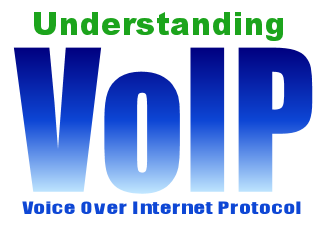
Introduction to VoIP
Since the telephone was invented in the late 1800s, telephone communication has not changed substantially. Of course, new technologies like digital circuits, DTMF (or, "touch tone"), and caller ID have improved on this invention, but the basic functionality is still the same. Over the years, service provides made a number of changes "behind the scenes" to improve on the kinds and types of services offered to subscribers, including toll-free numbers, call-return, call forwarding, etc. By and large, users do not know how those services work, but they did know two things: the same old telephone is used and the service provider charges for each and every little incremental service addition introduced.
In the 1990s, a number of individuals in research environments, both in educational and corporate institutions, took a serious interest in carrying voice and video over IP networks, especially corporate intranets and the Internet. This technology is commonly referred to today as VoIP and is, in simple terms, the process of breaking up audio or video into small chunks, transmitting those chunks over an IP network, and reassembling those chunks at the far end so that two people can communicate using audio and video.
This idea of VoIP is certainly not new, as there are research papers and patents dating back several decades and demonstrations of the concept given at various times over the years. VoIP took center stage with the "information super highway" (or, the Internet) concept that was popularized by former Vice President Al Gore in the 1990s, as the Internet would make it possible to interconnect every home and every business with a packet-switched data network. Before Al Gore's effort to grow the Internet, the Internet was generally limited to use in academic environments, but the possibility of mass deployment of the Internet sparked this renewed interest in VoIP.
